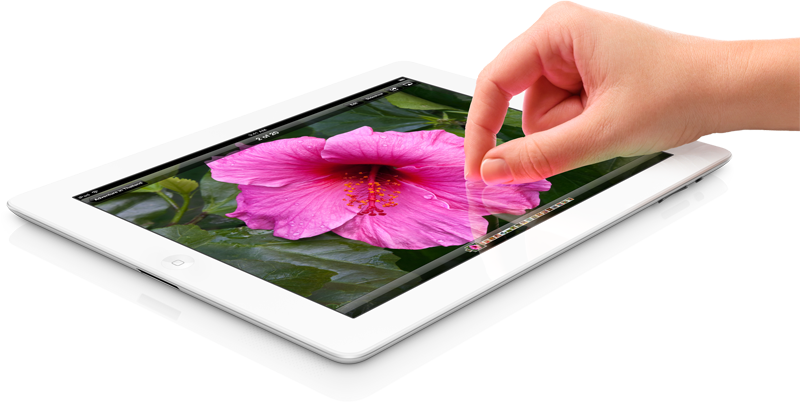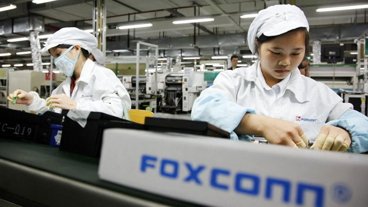LG supplying Apple with iPad Retina displays along with Samsung - report
Citing a source close to the matter, Reuters reported on Wednesday that both LG Display Co. and Samsung Electronics Co. Ltd. are supplying Retina display panels to Apple for the third-generation iPad set to debut on Friday. The story specifically disputed an earlier report which cited an iSuppli analyst who claimed that Samsung was the sole supplier of Retina displays for the new iPad.
Wednesday's report made no mention of Sharp, a company that was also linked with Apple in rumors prior to the official unveiling of the new iPad. Sharp was previously said to be pushing for the third-generation iPad to feature its IGZO display technology, but reports suggested those panels were not up to Apple's standards.
The high-definition Retina display, which packs more pixels than a 1080p HDTV, is the defining feature of Apple's new iPad, with a density of 264 pixels-per-inch. According to NPD DisplaySearch, the new iPad's screen has been difficult for display makers to manufacture, which would explain why Apple is believed to only have two suppliers lined up in Samsung and LG.
The display relies on a production process known as "a-Si TFT," which is said to test the upper limits of display technology. DisplaySearch's Richard Shim said that the 264 pixels-per-inch crammed into the iPad's 9.7-inch display is believed to be the upper limit of pixel density for an a-Si TFT screen.
With double the pixel density, the new iPad also features twice the number of LEDs for backlighting. The new iPad screens are believed to include at least 72 LEDs, leading to more power consumption and necessitating the larger battery found in the new iPad.
The iPad Retina display also features Super High Aperture pixel designs, which allows manufacturers Samsung and LG to pack more pixels into the screen without causing common issues like cross-talk that degrade picture quality.
 Sam Oliver
Sam Oliver








 Amber Neely
Amber Neely
 Thomas Sibilly
Thomas Sibilly
 AppleInsider Staff
AppleInsider Staff
 William Gallagher
William Gallagher
 Malcolm Owen
Malcolm Owen
 Christine McKee
Christine McKee










14 Comments
Still don't quite understand why we don't hear about manufacturing problems with the newer iPhone screens which are 326ppi? I know the iPad has a larger 9.7 inch screen, but the ppi is only 264.
Still don't quite understand why we don't hear about manufacturing problems with the newer iPhone screens which are 326ppi? I know the iPad has a larger 9.7 inch screen, but the ppi is only 264.
Here's my understanding,
Assuming similar process, the 'Probability of defective pixels' should be same for both iPhone & iPadHD screens, the number of pixels on the ipadHD is much much higher. A good LCD screen with no defective pixels on a iPhone screen is therefore easier achieved than a good iPadHD LCD.
In mass production that translates to yield.
As apple order these LCDs by the millions, even a 1% yield difference could generate tons of defective screens to be scrapped as loss. Furthermore the cost of a ipadHD screen is much more expensive. Therefore, if they are not confident achieving a very good yield the manufacturer rather not produce it.
Like I said yesterday, take these rumors with a grain of salt. A couple of you sounded like complete idiots yesterday.
Eh, I guess that beats sounding like an idiot everyday.
But this can't be true! The trolls in the other thread told us that without Samsung Apple is doomed!!
But this can't be true! The trolls in the other thread told us that without Samsung Apple is doomed!!
LOL!! If there's backlight bleeding on your ipad3, you know it's from LG!!